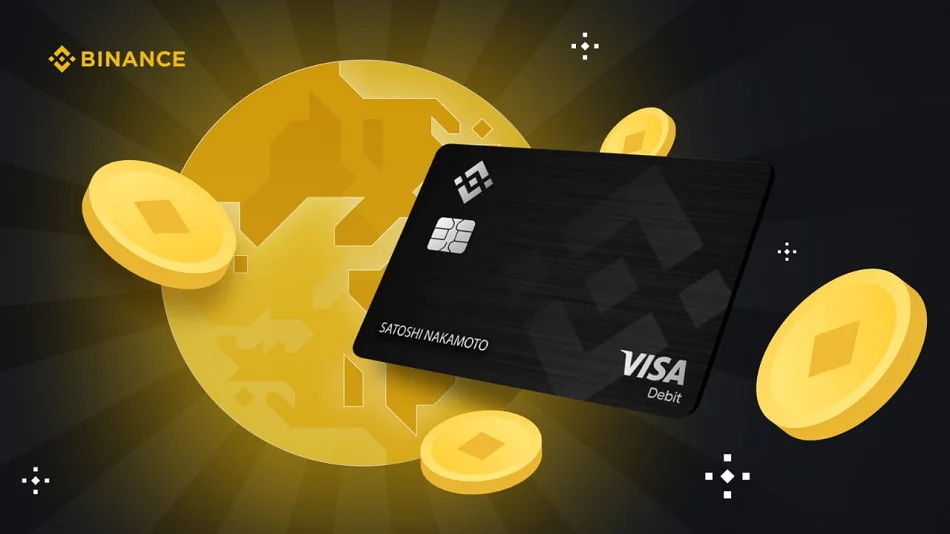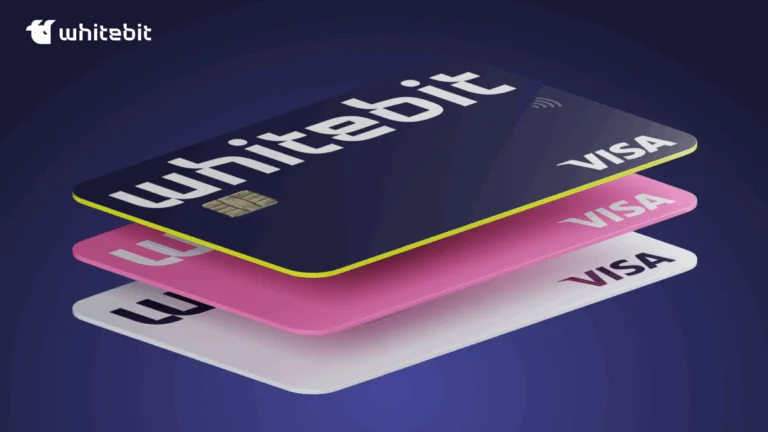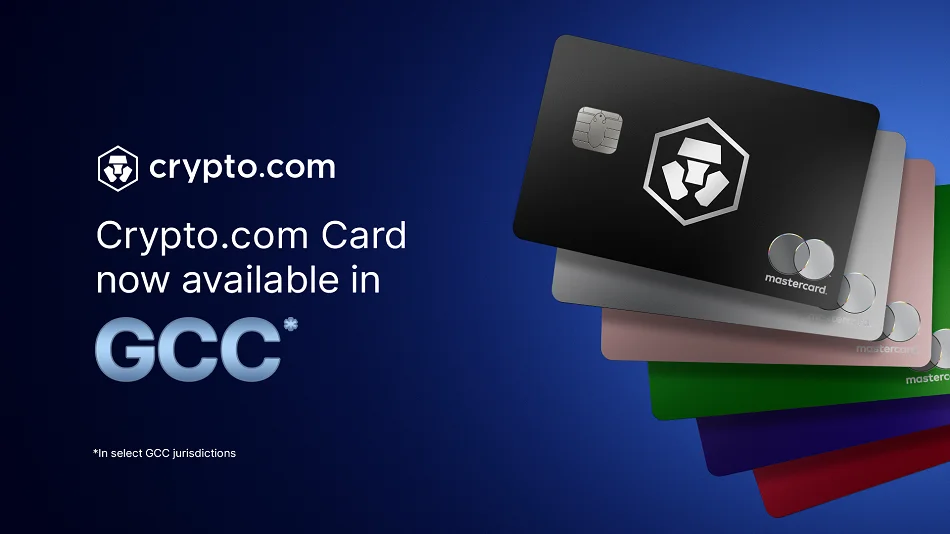Lviv, Ukraine – October 14, 2025
In 2025, Cointelegraph reports a 15% surge in CEX.IO crypto card orders across Europe. Crypto cards are now rivaling traditional bank cards in regions once dominated by cash. As DROBRO notes, not everyone notices how crypto tools are weaving into daily life, but usage statistics speak volumes.
Yet, crypto cards are more than just personal spending tools. They’ve become a strategic mechanism for business growth and attracting institutional clients. By integrating crypto cards into banking and payment ecosystems, companies can target high-net-worth customers, boost loyalty, and expand operational capabilities. These cards provide seamless access to digital assets, opening doors to innovative business models and partnerships.
I’ve seen various implementation strategies, but one case truly impressed me. A company embedded a crypto card into a neobank—a tool people already understood. The result? Mass adoption. Thousands began using crypto without even realizing it. This is a real driver of progress.
Strategic Advantages of Crypto Cards for Business
Crypto cards instantly set apart companies stuck in old systems from those building meaningful ecosystems. For businesses, this is a chance to control the transactional layer and secure customer loyalty before competitors notice the user drain. Here’s what makes crypto cards a truly promising tool today:
Integration with Financial Ecosystems
Crypto cards operate on the same payment networks as traditional ones—Visa or Mastercard—giving businesses direct access to millions of merchants and customers worldwide. Payments are instant and automatic, with cryptocurrency converted to fiat on the spot, ensuring smooth operations without extra infrastructure or manual processing.
Attracting Institutional Investors and Retaining Customers
Once banks integrate crypto assets into their services, they immediately draw significant capital and major players. Customers, appreciating the convenience of crypto cards, stop being one-time users. They stay within the ecosystem, making regular transactions and becoming loyal clients—without aggressive marketing.
Lower Transaction Fees
By bypassing intermediaries, crypto cards drastically reduce fees. International payments, currency conversions, and hidden charges are minimized, saving businesses substantial operational costs. Additional perks like cashback in cryptocurrency can encourage spending and boost customer engagement.
Transparency and Control
Every transaction is tracked, recorded either on the blockchain or within the card app. Businesses gain full visibility of cash flows and can monitor employee or department spending in real-time. This transparency builds trust with partners and clients while reducing the risk of errors or fraud.
Financial Inclusion
Crypto cards break down traditional financial barriers. Companies can reach customers without access to conventional banking, enter new markets, and offer seamless global payments. All that’s needed is a smartphone and internet connection, enabling business scalability without geographic limits.
Our Top 3 Crypto Cards
I’ve tested various crypto cards and noticed significant differences in convenience and rewards. Here’s my personal ranking of the standout options:
1. Binance Card
The Binance Card suits those seeking simple access to cryptocurrencies for daily or business payments. Accepted at over 60 million merchants worldwide, it allows spending crypto anywhere. It supports multiple cryptocurrencies, offering users flexibility.
Supported Cryptocurrencies: BTC, BNB, SXP, and others.
Fees: No annual or transaction fees.
Cashback: Up to 8% based on average monthly BNB balance.
Security: Funds protected under Binance’s SAFU standards.
Pros: Convenience, global acceptance, cost-effectiveness, security.
Cons: Conversion fees apply.
2. WhiteBIT Nova Card
WhiteBIT Nova is a hassle-free crypto card for those valuing simplicity, speed, and versatility. Tap-and-go payments via Apple Pay or Google Pay, real-time balance tracking, and up to 10% cashback make daily crypto use rewarding.
Supported Cryptocurrencies: USDC, BTC, ETH, XRP, SOL, NEAR, ADA, AVAX, WBT, DOGE.
Fees: 0%—no issuance, maintenance, or closure fees.
Cashback: Up to 10% in BTC or WBT in selected categories (choose up to three daily).
Security: WAF technology and AML asset verification.
Pros: Global acceptance, no fees, high cashback, free virtual card (physical optional, with delivery fee).
Cons: Cashback withdrawable only from €5.
3. Crypto.com Card
The Crypto.com Visa Card is popular among Apple Pay users. Available in over 200 countries, it supports both fiat and crypto. Staking CRO maximizes benefits, with monthly withdrawal limits ranging from $5,000 on the base card to $10,000 on the Obsidian card.
Supported Cryptocurrencies: Over 15 assets, including BTC, ETH, MANA, DOGE, ADA, USDC, USDT, THETA.
Fees: Top-up 1%+, tiered fees for international transactions.
Cashback: Up to 8%.
Security: Passkeys, HSM, FIDO2, MFA (passwords, biometrics, authenticator codes).
Pros: No annual fee, up to 8% cashback, extra perks at higher tiers (lounge access, subscriptions), security.
Cons: Conversion fees apply.
Conclusion
Once, bank cards were used mainly for big, exclusive deals. Then they became everyday tools for nearly everyone. Now, we’ve reached a new level: crypto cards. This tool has grown so popular it’s now part of business strategies. Integration with banks and exchanges turns them into strategic assets, attracting serious users and keeping them in the system. Convenience, transparency, and rewards ensure customers return. In short, crypto cards are no longer an optional gadget—they’re becoming the backbone of life and transactions in the digital economy.



